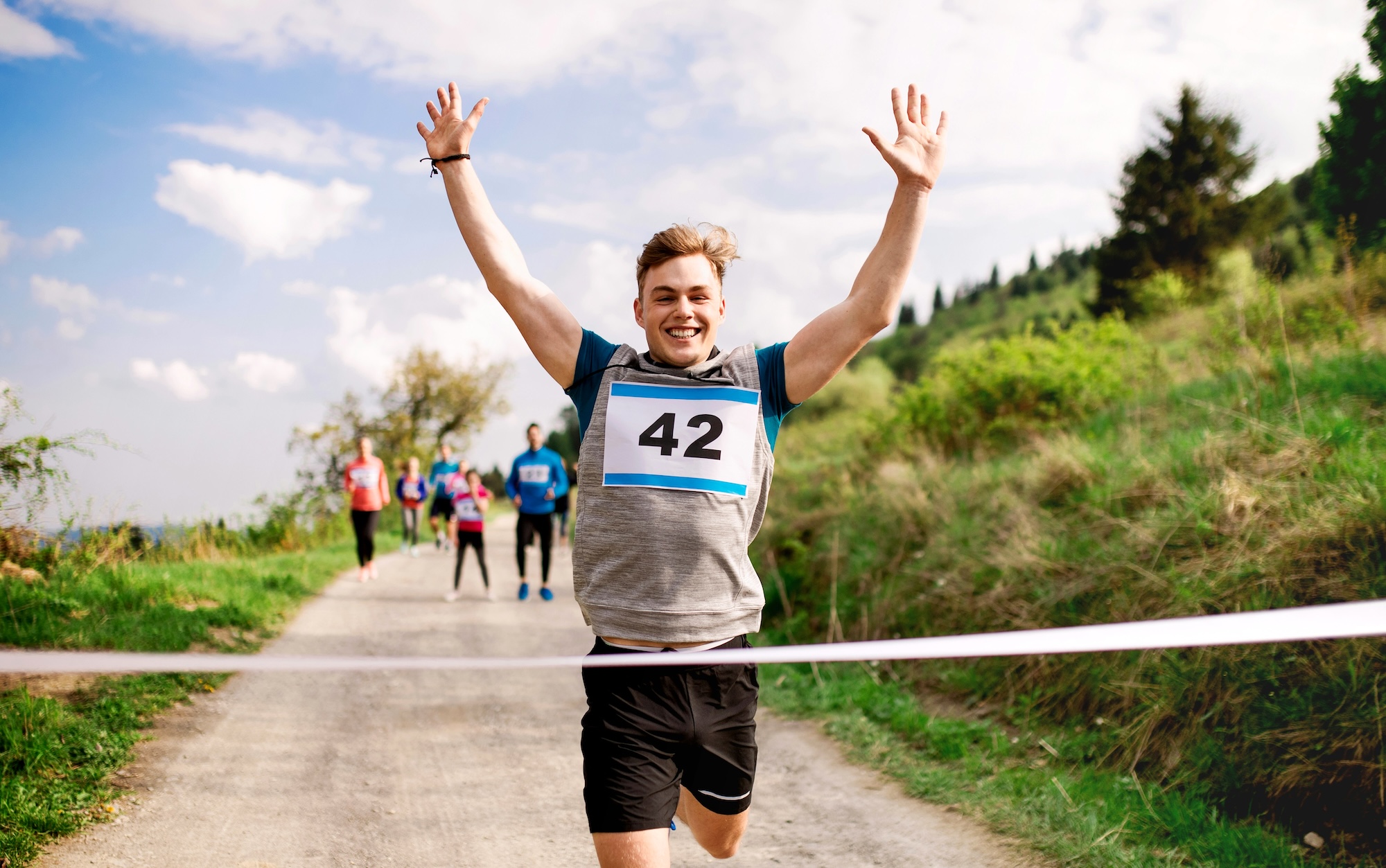Five essential tips you should know to keep you safe on your next group ride
Photo by RUN 4 FFWPU/Pexels
Riding in a group, also known as peloton in cycling jargon, can be intimidating and frustrating for newbies.
Although most triathlons are non-drafting, learning this improves not only your bike handling skills but also your overall cycling fitness. Being able to keep up with stronger riders can be motivating and enjoyable. Here are tips to get you started:
Hold your line
To keep you and your cycling buddies safe from crashes, you need to learn how to ride in a straight line parallel to the edge of the road. You can practice this by riding about a foot or two away from the white shoulder line while staying parallel to it. Keep your handlebar as straight as possible, arms relaxed, and core engaged.
Use your body for balance and rely more on leaning your bike rather than steering your bars when avoiding obstacles. This is easier done on a road bike than on a time-trial or triathlon bike but with practice, you’ll eventually get the hang of it.
Keep your eyes and ears open
Cyclists need to share the road with motorists and pedestrians. This puts us at risk every time we go out for a ride on roads open to traffic. To minimize the risk, be extra alert especially if you are the designated lead rider. Being in front of the pack gives you a clear view of the road ahead so it is your responsibility to point or call out road hazards, making sure you give the rest of the group enough time to react and pass the message.
When riding behind someone, avoid getting fixated on their rear wheel. Look several feet ahead and use peripheral vision to maintain a safe distance between your front wheel and their rear wheel. Riders at the back are responsible for calling out cars approaching from behind so that the people in front know when it’s safe to move to the side.
Organize a pace line
Here are three more cycling terms you need to get acquainted with: pace line, slipstream, and drafting. The most basic pace line consists of one rider pulling a line of riders behind him, with each rider taking turns to take a pull in front and into the wind. The slipstream is the area within a few inches up to a few feet from the leader’s wheel where there is least wind resistance. Staying within this area is called drafting. When drafting, those riding behind the lead rider can save over 30 percent of energy.
Control your speed
An effective pace line requires discipline from each rider, especially when it’s your turn to take the lead and pull. The goal is to stay together by keeping the pace steady and minimizing abrupt surges and sudden brakes. Stronger riders can pull longer but not faster in order to avoid burning out the weaker riders. One way to ensure you are maintaining the same pace as the group is by following the cadence and gearing of the rider in front of you.
Anticipate problems and changes in pace
Watch out for signs of slowing down or if the rider in front of you is struggling to keep up. A slower cadence or free-wheeling could mean there’s an obstacle or traffic up the road, a turn coming up, or a problem that may require the group to stop. When riding up a hill, ride ahead of weaker climbers to avoid a possible collision. Some signs that someone is struggling are difficulty finding the right gear, labored breathing, and constantly looking over their shoulder. Leave a safe gap between yourself and a weaker rider and overtake safely when the road is clear.














































